Virtualization
Virtualization is a technique, which allows to share single physical instance of an application or resource among multiple organizations or tenants (customers). It does so by assigning a logical name to a physical resource and providing a pointer to that physical resourcewhen demanded.
Virtualization Concept
Creating a virtual machine over existing operating system and hardware is referred as Hardware Virtualization. Virtual Machines provide an environment that is logically separated from the underlying hardware.
The machine on which the virtual machine is created is known as host machine and virtual machine is referred as a guest machine. This virtual machine is managed by a software or firmware, which is known as hypervisor.
HYPERVISOR
Hypervisor is a firmware or low-level program that acts as a Virtual Machine Manager. There are two types of hypervisor:
Type 1 hypervisor runs on bare system.LynxSecure, RTS Hypervisor, Oracle VM, Sun xVM Server, VirtualLogic VLX are examples of Type 1 hypervisor. The following diagram shows the Type 1 hypervisor.
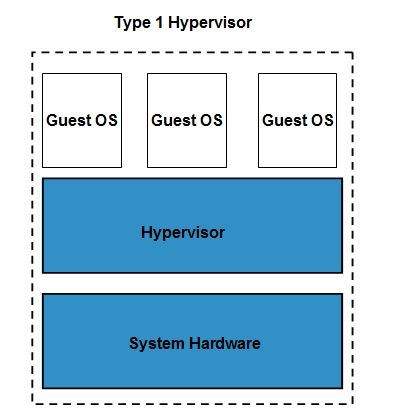
The type1 hypervisor does not have any host operating system because they are installed on a bare system.
Type 2 hypervisor is a software interface that emulates the devices with which a system normally interacts. Containers, KVM, Microsoft Hyper V, VMWare Fusion, Virtual Server 2005 R2, Windows Virtual PC and VMWare workstation 6.0 are examples of Type 2 hypervisor. The following diagram shows the Type 2 hypervisor.
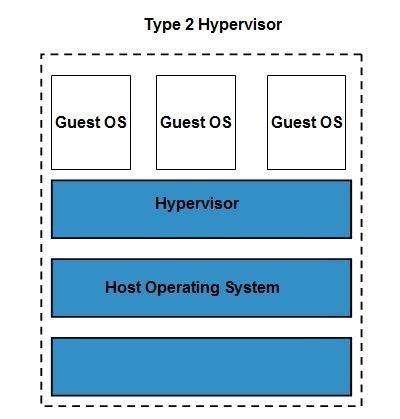
Types of Hardware Virtualization
Here are the three types of hardware virtualization:
Full Virtualization
Emulation Virtualization
Paravirtualization
FULL VIRTUALIZATION
In Full Virtualization, the underlying hardware is completely simulated. Guest software does not require any modification to run.
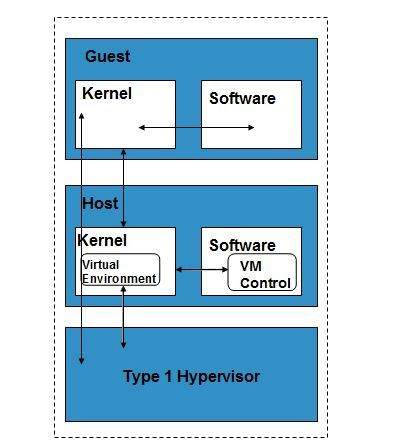
EMULATION VIRTUALIZATION
In Emulation, the virtual machine simulates the hardware and hence become independent of the it. In this, the guest operating system does not require modification.
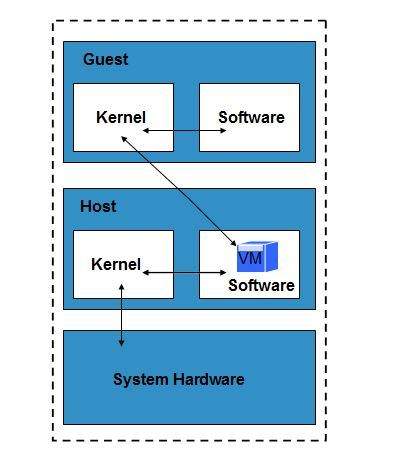
PARAVIRTUALIZATION
In Paravirtualization, the hardware is not simulated. The guest software run their own isolated domains.
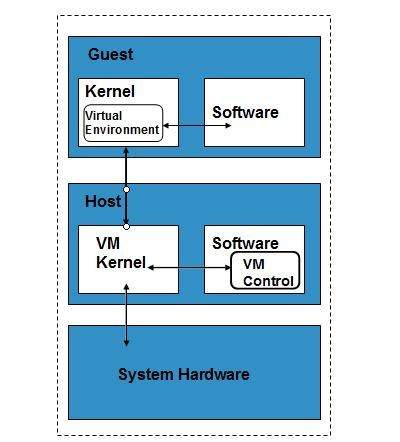
VMware vSphere is highly developed infrastructure that offers a management infrastructure framework for virtualization. It virtualizes the system, storage and networking hardware.






No comments:
Post a Comment